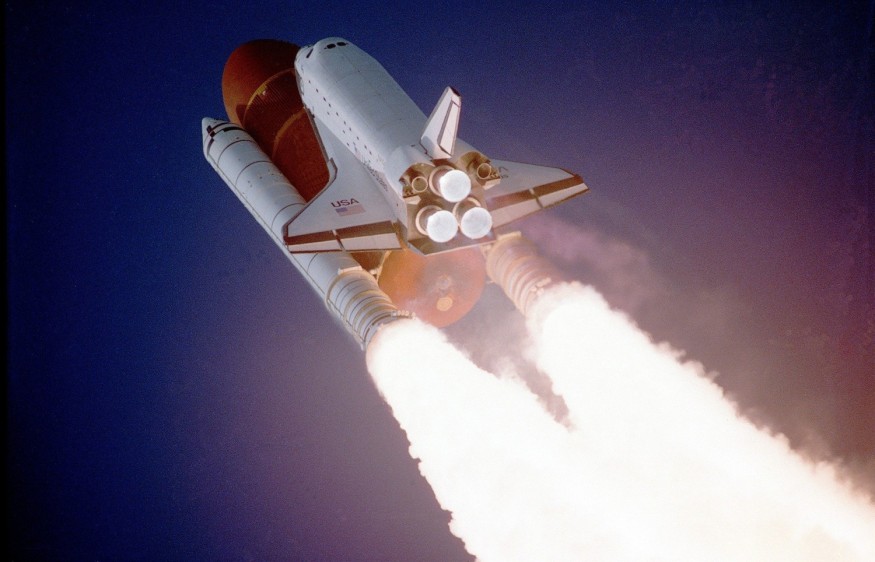If everything goes as planned, NASA's Artemis 1 moon mission will launch on Aug. 29 using a Space Launch System (SLS) megarocket to send an uncrewed Orion capsule on a multiweek mission around the moon and back. However, the Artemis 1 team still needs to accomplish a number of checkouts and other milestones to meet that target date.

NASA Artemis 1 Launch Update and Past Missions
NASA officials have stated that Sept. 2 and Sept. 5 are the other two placeholder dates in an upcoming Artemis 1 launch window, in addition to Aug. 29.
Artemis 1 will be the first mission in NASA's Artemis lunar exploration program, which aims to establish a permanent human presence on and around the moon by the late 2020s. It will be the first flight for the SLS, and the second for Orion, which performed admirably in a quick test flight to Earth orbit in 2014.
For several months, NASA has been preparing for Artemis 1. For instance, in mid-March, two weeks before a crucial set of tests that included simulating a launch countdown and SLS fueling, the agency moved the SLS-Orion stack to Launch Complex 39B located at the Kennedy Space Center in Florida. However, technical issues thwarted that attempt, and the Artemis 1 stack was rolled off the pad and returned to KSC's Vehicle Assembly Building (VAB) in late April for repairs. It took about a month to complete those fixes.
In early June, the SLS and Orion were rolled back out to the pad for another go at the wet dress, which began on June 18. On June 20, technicians discovered a hydrogen leak during fueling operations but were able to work around it, and mission team members declared the rehearsal a success. On July 2, the Artemis 1 stack returned to the VAB for additional inspection and maintenance, and it remains there today, awaiting liftoff.
NASA Artemis 1 Goals
The primary goal of Artemis 1 is to show that SLS and Orion are ready to carry astronauts. Yet, its secondary goals would comprise small missions to explore the moon. For instance, 10 CubeSats will travel to the moon aboard the massive rocket. These tiny spacecraft will do everything from look for water on the moon to solar sail to an asteroid and test how deep-space radiation affects yeast cells.
Because of orbital dynamics, the exact duration of Artemis 1 depends on the launch date. For example, launching on Aug. 29 or Sep. 5 would result in a 42-day mission, whereas launching on Sep. 2 would result in a 39-day flight. In every case, Orion will return to Earth for a parachute-assisted ocean splashdown.
Lockheed Martin's team will be dispersed across the globe to support Orion during its orbit around the moon. Teams from Lockheed Martin, Airbus, and the European Space Agency (ESA) will collaborate during the flight to support operations with the Orion capsule and its European Service Module (ESM).
"We will have engineers receiving data and reviewing the spacecraft's health both at Kennedy and at the Mission Control Center in Houston," said Mike Hawes, the Vice President and Program Manager for Orion. There will be more experts as well at the Denver location.
RELATED ARTICLE : NASA Once Again Delays Artemis 1 Moon Rocket Launch, American Space Agency Says Blastoff Slated for August
Check out more news and information on Space in Science Times.
© 2025 ScienceTimes.com All rights reserved. Do not reproduce without permission. The window to the world of Science Times.











